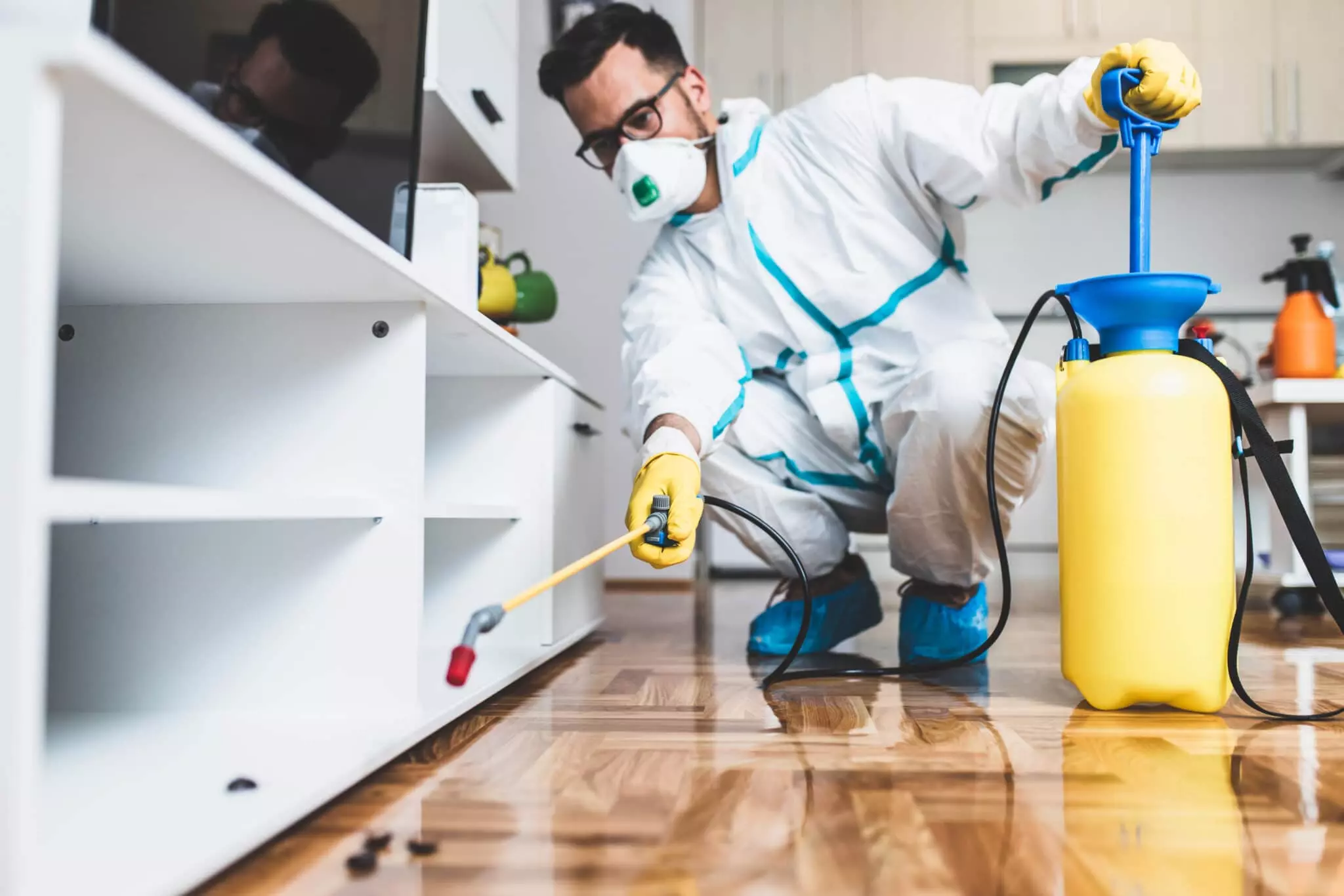A1 Bed Bug Exterminator Charlotte - Specialized Bed Bug Removal
A1 Bed Bug Exterminator Charlotte - Specialized Bed Bug Removal
Blog Article
Bed Bug Therapy Malfunction: Comparing Chemical Vs. Non-Chemical Solutions
In the world of pest control, particularly when managing the relentless concern of bed insects, the selection in between chemical and non-chemical treatment remedies can be an essential one. Both methods provide distinct benefits and disadvantages, influencing elements such as performance, safety and security factors to consider, and general cost. By examining the nuanced details of each technique, a clearer understanding of which course to seek in attending to a bed bug problem can be acquired.
Efficiency of Chemical Treatments
Chemical treatments for bed insect problems have been extensively recognized for their potent and quick efficiency in getting rid of these pests. When considering the efficiency of chemical therapies, it is essential to comprehend that they can supply a thorough and fast solution to a bed insect trouble.
In addition, chemical therapies have the benefit of using residual effects, meaning that they can proceed to remove bed pests even after the preliminary application. This residual activity is specifically beneficial in combating any kind of possible re-infestations. In addition, the quick activity of chemical treatments can bring relief to people facing serious bed bug infestations, allowing them to gain back control of their home quickly.
Security Worry About Chemical Solutions
One vital aspect that calls for mindful consideration when making use of chemical options for bed insect therapy is making certain the safety and security of occupants and the environment. Direct exposure to specific chemicals used in bed bug therapies can lead to respiratory system problems, skin inflammation, or other unfavorable responses, especially in individuals with pre-existing conditions or level of sensitivities.
In addition, the ecological effect of chemical remedies is an additional significant factor to consider. Some pesticides used in bed bug treatments may be harmful to advantageous bugs, wild animals, and ecological communities if they seep into the dirt or water supply. It is important to utilize chemical therapies deliberately, following safety standards, and taking into consideration much less harmful options to minimize these dangers and make certain the reliable and risk-free monitoring of bed insect invasions.
Advantages of Non-Chemical Methods
Considering the potential security issues and ecological effect associated with chemical solutions for bed insect treatment, checking out non-chemical strategies offers an appealing option with several distinct advantages. Non-chemical treatments are eco friendly, as they do not contribute to air or water pollution, making them a sustainable option for parasite control.
Additionally, non-chemical services can be reliable in targeting bed insects, including hard-to-reach locations where chemical therapies might not penetrate. Approaches such as warmth therapy, vacuuming, vapor cleansing, and cushion coverings provide comprehensive removal without the usage of harmful chemicals. Furthermore, non-chemical approaches can be much less disruptive, needing marginal prep work and enabling for quicker reentry into dealt with locations. Generally, going with non-chemical bed pest therapy methods not only prioritizes safety and security and environmental defense yet also ensures efficient and detailed insect control.
Limitations of Non-Chemical Treatments

Furthermore, non-chemical treatments usually require several applications to accomplish successful removal. This can be time-consuming and may not always ensure complete elimination of all bed insects and their eggs, particularly in hard-to-reach or surprise locations.
Moreover, the success of non-chemical treatments greatly depends on proper pest control chemicals for home execution and thoroughness, which can be challenging for people without expert knowledge. Inadequate application of non-chemical approaches may result in incomplete obliteration, resulting in relentless problems and the requirement for extra treatments.
For that reason, while non-chemical treatments have their advantages, it is important to acknowledge these constraints and consider them when establishing the most effective technique for taking care of bed pest invasions.
Cost Contrast: Chemical Vs. Non-Chemical Options
Given the restrictions connected with non-chemical therapies, a vital facet to assess in the context of bed insect monitoring is the price comparison between chemical and non-chemical alternatives. In comparison, non-chemical treatments like warmth treatment or heavy steam can be extra expensive, with costs ranging from $1,000 to $6,000 for an entire home. While the preliminary cost of chemical treatments may seem lower, numerous treatments might be called for to completely eradicate the invasion, potentially raising the total price.
Verdict

Thinking about the possible security concerns and ecological effect associated with chemical remedies for bed insect therapy, exploring non-chemical approaches presents a promising alternative with numerous distinct benefits.Given the limitations associated with non-chemical therapies, a vital element to evaluate in the context of bed insect management is the expense comparison between chemical and non-chemical alternatives. In contrast, non-chemical therapies like warm treatment or heavy steam can be a lot more expensive, with costs ranging from $1,000 to $6,000 for an entire home. While the preliminary expense of chemical therapies might appear lower, several therapies may be called for to fully get rid of the infestation, potentially boosting the total cost.In final thought, when comparing chemical and non-chemical bed pest therapy choices, it is vital to take into consideration efficiency, safety, benefits, constraints, and cost.
Report this page